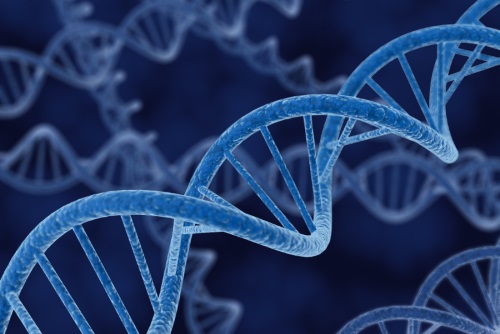
Analysing the DNA of organisms that find their way into medicinal products during production – known as the 'pharmabiome' – could provide a way to distinguish between genuine and falsified medicines, according to researchers.
The forensic approach has been made possible by massively parallel sequencing (MPS) technology that can rapidly identify environmental DNA (eDNA) in samples, for example from inside the blister pack of a medicinal product, which is sealed at the point of manufacture so should preserve the genetic signal.
Researchers led by falsified medicines expert Prof Paul Newton of the London School of Hygiene and Tropical Medicine and University of Oxford have carried out a pilot study to see if eDNA could be detected in 38 tablets from 11 samples of falsified and genuine artesunate antimalarial tablets and could indicate their origin.
The five falsified medicines – acquired from pharmacies in Vietnam and Lao PDR– had been identified by packaging analysis, and were compared to genuine artesunate products from Guilin Pharma and Mekophar Chemical Pharma.
MPS was used to get a readout of the microbial and eukaryotic DNA found from the inner surface of the blister pack in each sample, with two mitochondrial DNA tests also deployed to detect the presence of human DNA.
The study identified the presence of eDNA in both falsified and genuine tablets and "provides the first preliminary evidence that such a signal can provide clues to provenance, acquired from the environment in the journey of tablet ingredients into the manufactured product," according to the paper, published in the journal Nature Medicine.
Genuine and falsified artesunate samples had a different range of bacterial and eukaryote DNA, but there was more of the latter in the fake samples, including fungal and plant and in some instances human DNA.
The authors note that raises the intriguing possibility of identifying individuals involved in the production of falsified medicines from genetic profiling.
"With further research it should be possible to build eDNA profiles of tablets that reflect their journey into the blisters," they write. "The techniques could also be used for medicines in capsules and medicines and vaccines in vials/syringes."
"This pilot study of the 'pharmabiome' shows the potential of [eDNA] as a powerful forensic tool to assist with the identification of the environments, and hence location and timing, of the source and manufacture of falsified medicines, establish links between seizures and complement existing tools to build a more complete picture of criminal trade routes."
©
SecuringIndustry.com





